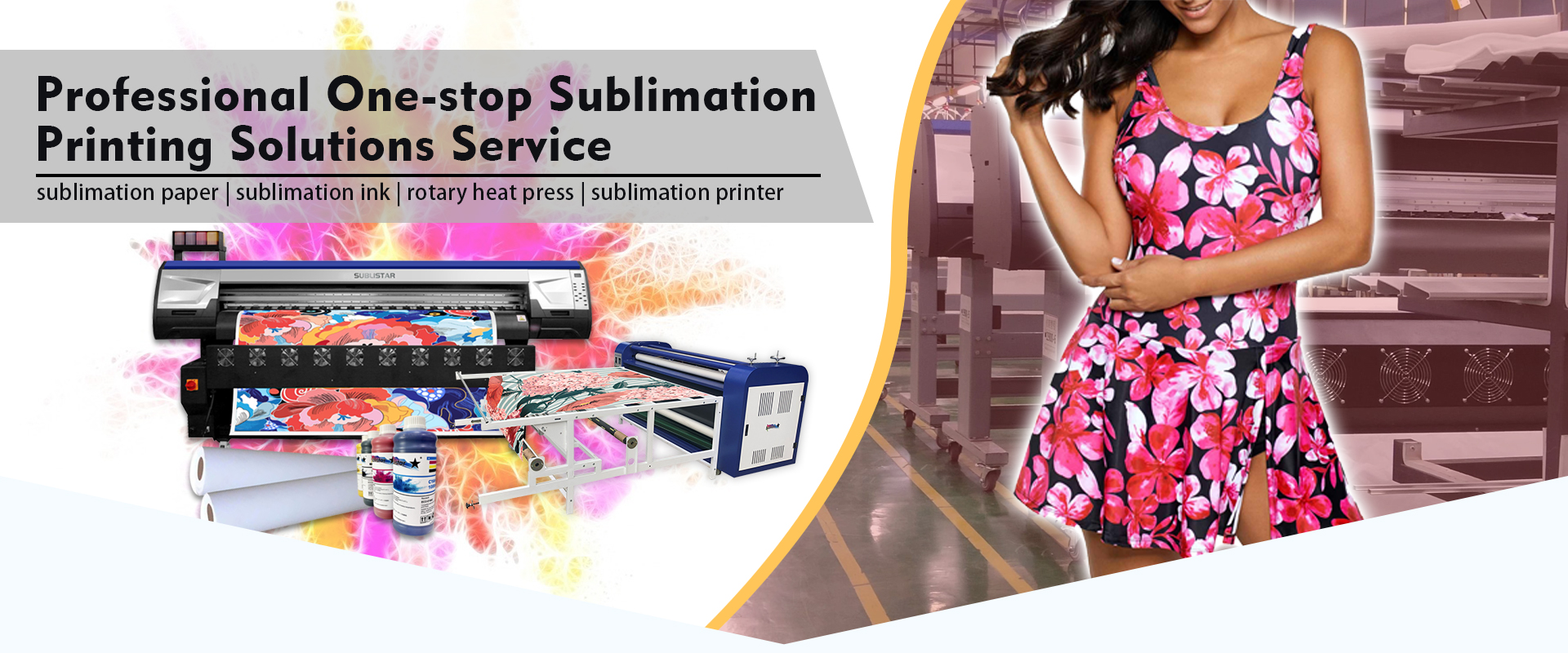Our target should be to consolidate and enhance the top quality and service of current goods, in the meantime frequently create new products to satisfy diverse customers' calls for for DTF transfer film printer,
digital sublimation printer,Base within the small business concept of Top quality initially, we want to fulfill more and additional friends within the word and we hope provide the ideal solution and services to you. The product will supply to all over the world, such as Europe, America, Australia,Kuwait, Lithuania,Croatia, Bolivia.we rely on own advantages to build a mutual-benefit commerce mechanism with our cooperative partners. As a result, now we have gained a global sales network reaching the Middle East, Turkey, Malaysia and Vietnamese First of all, the review of what moisture does to dye sublimation paper. Your sublimation paper can retain an enormous a
A heat press is also called a bonding machine. According to the different heat pressing media, it can be divided into so
Nov 02, 2019 · The Black Series Heat Press range has better quality components and smoother ease of use than the cheap presses. There are 14 different heat press machines in this series with different sizes, styles, and functions. There are, for example: clamshell heat press machines (9×12 – 16×24 inches)
Thermal-transfer printing is a digital printing method in which material is applied to paper (or some other material) by melting a coating of ribbon so that it stays glued to the material on which the print is applied. It contrasts with direct thermal printing, where no ribbon is present in the process.. Thermal transfer is preferred over direct thermal printing on surfaces that are heat ...
Meet Inspiring Speakers and Experts at our 3000 Global Conferenceseries Events with over 1000 Conferences, 1000 Symposiums and 1000 Workshops on Medical, Pharma, Engineering, Science, Technology and Business.. Explore and learn more about Conference Series LLC LTD: World’s leading Event Organizer
Canvas look, fabric carry bags, pouches and purses. Create any number of personalised products with these versatile canvas look bags. Easily personalised front and back with dye sublimation prints, these light-weight fabric-zippered pouches can be customised with a striking full coverage print or look just as appealing with un-printed areas of the textured muslin/beige fabric exposed.






















